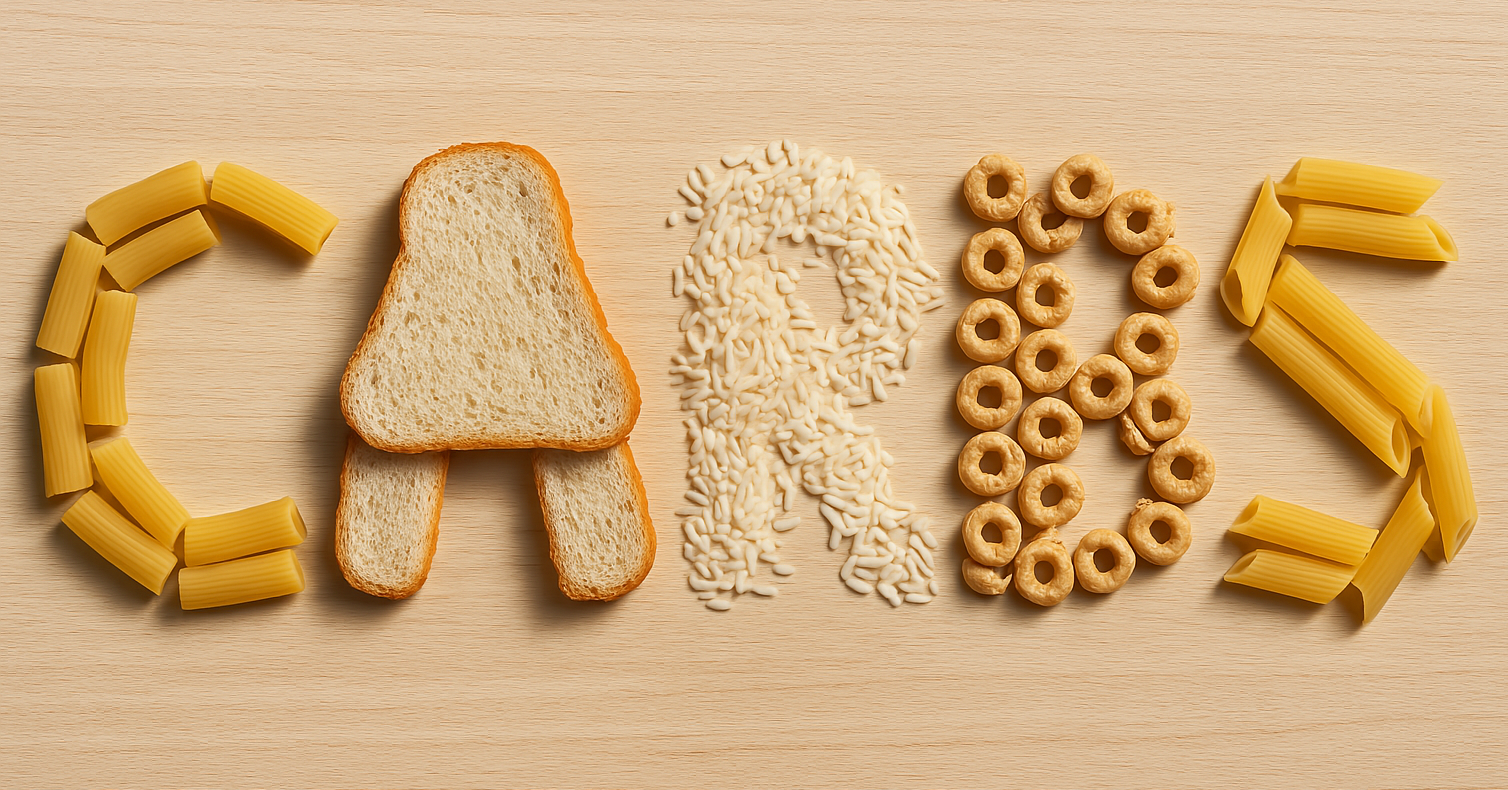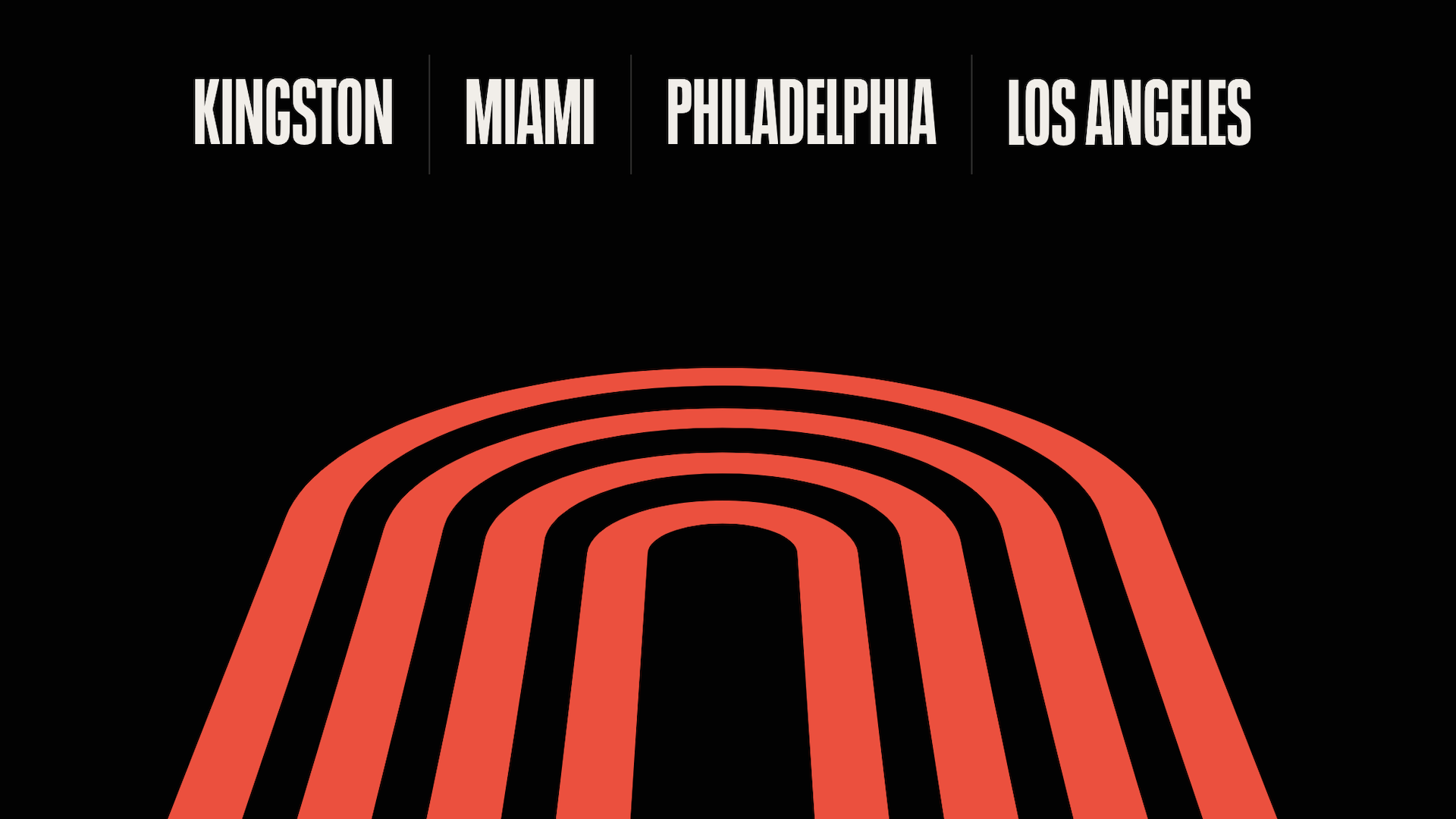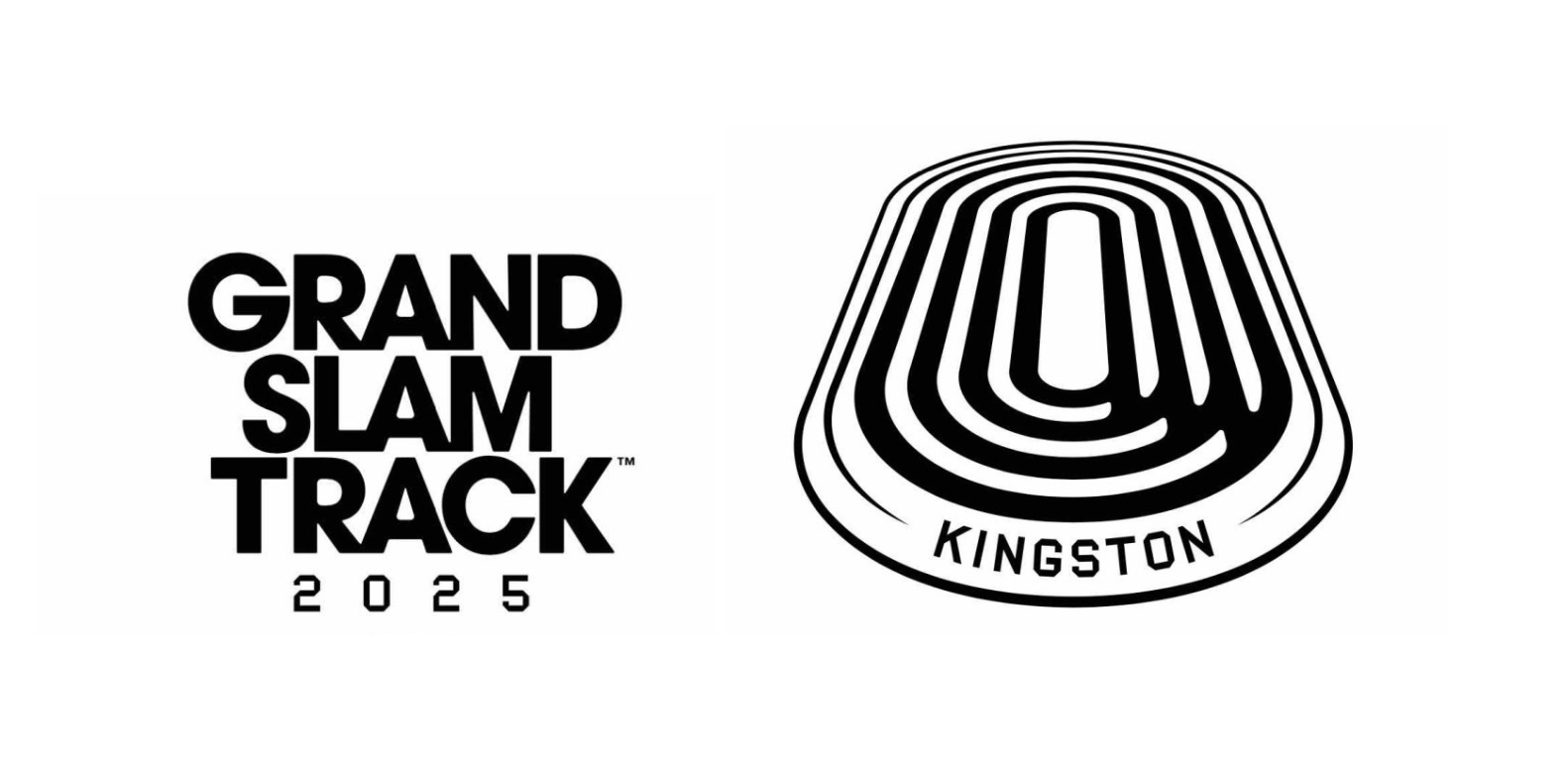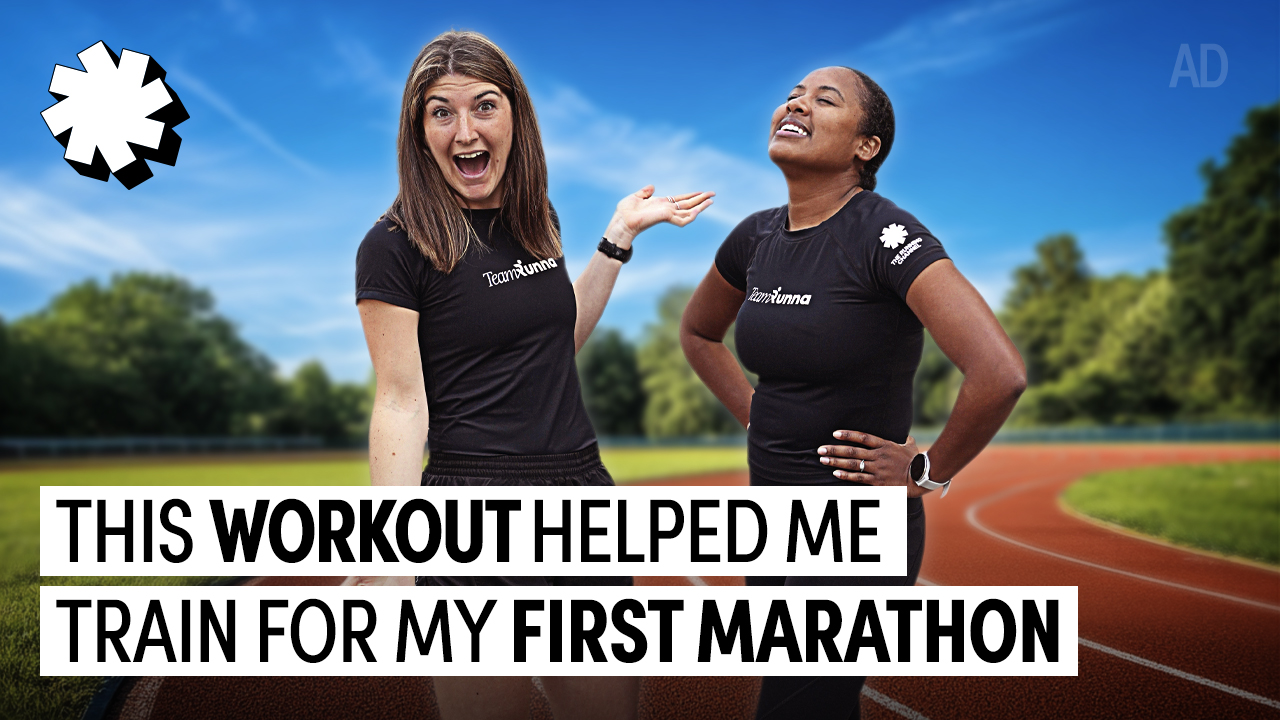What Is A Progression Run?

Progression runs have you gradually getting quicker throughout your run, and they are a great way to add faster running to your training.
Here we look at how and why you should think about adding progression or progressive runs into your training, and give some good examples of progression runs.
WHAT IS A PROGRESSION RUN?
On a progression run you increase your pace as you progress through it. You will start out at a nice easy pace and you will finish faster.
What makes progression runs so great is that they can be structured or unstructured, short or long, and the paces are always adaptable to your goals, so they work for all runners.
HOW DO YOU DO PROGRESSION RUNS?
There are lots of ways to approach a progression run.
- You could simply try to increase your pace through the second half of the run
- You could aim to finish a run with a faster block (so if it’s a 45 minute run, then run easy for 30 minutes, then faster for the final 15 minutes)
- You could try to run each kilometre or mile faster than the previous one
- You can just run to effort instead of looking at your watch for paces, so that you gradually push a little harder throughout your run
WHY DO YOU DO PROGRESSION RUNS?
There are lots of great benefits to progression runs:
- Progression runs are a great way to learn how to control increases in pace during a run (i.e. you learn to gradually increase your pace in a controlled way or they make progression runs really hard!)
- They can help you to learn what it feels like to run at specific paces and hold that pace for a set amount of time
- Progression runs help to build your speed endurance because you’re getting faster as you get more tired, which means they also emulate how longer races get more challenging at the end
- They are a good way of adding speed into your running without feeling pressure to do shorter intervals or reps
- They can help you prepare to run faster at the end of a race, which can be great training for a negative split
- The paces are never as quick as an interval or speed workout, so these runs can help you to run fast but you do it in a way which has a lower risk of injury
- A perfectly executed progression run also looks really good on Strava!
HOW ARE PROGRESSION RUNS DIFFERENT TO OTHER WORKOUTS
A progression run is typically a continuous run, where the pace slowly increases.
Progression runs are similar to Fartlek runs, but in a Fartlek run the pace alternates between faster and slower running. In a progression run there is no slowing down!
The pace you run in a progression also ranges from easy through to a fast tempo or race pace, so you aren’t running the same speed as you would in an interval workout. You don’t even need to be running fast by the end of a progression run, you may just be slightly increasing your pace for the final section of the run.
EXAMPLES OF PROGRESSION RUNS
Progression runs are easy to adapt. All you need to do is gradually increase your pace throughout the duration of the run. Here are some suggestions for progression runs.
Faster Every Mile/Kilometre
After a 10-15 minute warm up, go into a run where every kilometre (or mile) you increase your pace by 10-15 seconds. Try to plan the paces in advance so you know roughly what the first and the final rep pace will be, then the challenge is to control your speed throughout.
Negative Split Run`
This one has less structure to it and the intention is simply to run the second half faster than the first. This could be any length of run, and it can be especially effective if you’re training for longer races.
Three Thirds
This can work for any distance, just break your run into three sections. Run the first at an easy pace, the second a bit faster (or at race pace), and increase the speed again for the final third (or go faster than goal race pace, which can then feel like the final section of a long race).
Tapering Progression
This run gets faster but the reps also get shorter. So you could do something like: 3km, 2km, 1km, 800m, 600m, 400m, 200m, speeding up with each new distance.
Fast Finish Run
This can be adapted to any run. If it’s a 30 minute run, then aim for the final five minutes to be quicker. Or it works well as a long run workout for marathon training. On a 30km long run, run the first 20km at a steady pace and then run the final 10km at your goal marathon pace.
***
We challenged our presenters to a progression run. See how they did here!
Photo by Steven Lelham on Unsplash




























Running News
Ingebrigtsen Stars at World Athletics Indoor Championships 2025 – Plus All The Winners!
Sam Ruthe Is First 15-Year-Old To Run A Four-Minute Mile!
Eliud Kipchoge Will Run The 2025 Sydney Marathon!